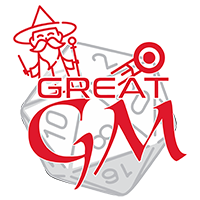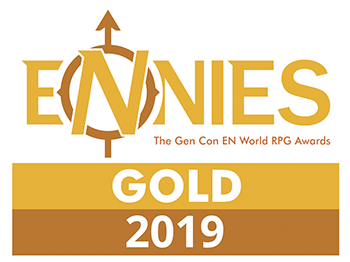Great Spotted Ursine
The Great Spotted Ursine is a member of the bear family, and is commonly hunted for its fur, liver and teeth. The Nomadic Peoples often follow migrations of these large predators, as the livers are considered a delicacy, for their faint magical properties. They believe these livers have the power to ease an upset stomach, as well as provide a good night's sleep.
The fur is extremely warm in winter, and the teeth are often used in coming of age jewelry for those of a hunting background, signifying their prowess, for felling this beast is a great task, involving tracking, combat and respectful use of parts.
However, there exist a great number of individuals who seek to make their fortune, refining the liver's ability to clean toxic fluids from the body, as the Great Spotted Ursine feeds mostly on various poisonous animals such as snakes, frogs and another endangered animal, known as the blue pygmy, closely related to deer. The liver can be used to create anti-venoms, and in powder form, can be inhaled to greatly increase one's tolerance for alcohol, through a stimulating effect. Poachers often abduct cubs from their parents, leading to infighting (often resulting in death) of the parents, and great stress on the cubs, who fail to grow much larger than a common dog. Poachers then either sell them to those rich enough to pay, or harvest the cubs for pelts and organs.
Basic Information
Anatomy
The Great Spotted Ursine resembles a large bear, with a faint spotted pattern, similar to a giraffe, though they are primarily a dark brown-green colour, so as to blend better with trees and shrubbery.
They are quadrupedal, and muscular, with heavy bones to support their great weight.
Genetics and Reproduction
As other bears.
Growth Rate & Stages
From birth, they grow steadily until their third year, where growth accelerates as they mature, and slows down again after their fifth year. While a cub may be as small as a dog, a fully grown specimen can be much bigger than a horse, and larger specimens have been known to kill a horse with a single swipe of the paw.
Ecology and Habitats
They reside mainly in warmer, forested areas, meaning they have access to the toxins needed for their development, though favour rivers after mating season, so as to provide safe protein for their young. Cubs are often taken on hunts, under a close eye, while the parents stalk and kill their prey. Once leaves begin to fall from the trees, they will typically migrate, following a river if they have cubs.
Dietary Needs and Habits
They hunt mostly venomous and poisonous creatures, such as frogs and snakes, though young cubs are fed mostly berries and fish in their earlier months. It does not hoard, and migrates in winter, making it an essential predator to the ecosystem
Biological Cycle
It is thought that the consumption of toxins causes the Great Spotted Ursine to rapidly grow, due to observations in the wild, however it is unknown why this is. Furthermore, when they cease to hunt for toxin-bearing prey, they are often seen to begin seeking a mate. Perhaps the toxins inhibit their drive to procreate, for one reason or another, and cessation of this behaviour causes it to kick-start again?
They do not hibernate, but are migratory, and cubs are often seen migrating after their first winter. If a cub is found alone, it is advised not to approach, as the parents rarely let them out of their sight when foraging or hunting, especially in winter.
Additional Information
Perception and Sensory Capabilities
The Great Spotted Ursine has a powerful nose, as do other bears, but differs in that it is extremely efficient at finding venomous or poisonous prey. Cubs build their immunity to their poisons, slowly, with aid of the parents and cubs that are taken at a young age will not be immune to poisons.
Conservation Status
Great measures are being taken for its survival, including an agreement signed by 13 of the 18 major groups of Nomads, agreeing to not hunt every three years, allowing for cubs to grow and populations to return.
Remove these ads. Join the Worldbuilders Guild









Comments